B5G Society
This is how the logistics and transportation industries will change!
Logistics and transportation encompass a diverse range of industries. Here, we will focus on warehousing and logistics, aviation, and railways.
1. Warehousing and logistics
The warehousing and logistics industries efficiently sustain the people's lives and industrial production by stockpiling and storing a variety of goods from industrial products and raw materials to fresh and processed foods, as well as waste, and transporting these goods to the required locations as needed.

Industry challenges
The challenges facing the logistics industry today include coping with population decline and labor shortages, ensuring the people's safety and security in the face of increasingly severe and frequent disasters, strengthening digitalization and innovation, and safeguarding the sustainability of the global environment and working to achieve the SDGs.
Future vision and potential solutions
The following initiatives are underway in response to these challenges.
· Thorough optimization of the supply chain as a whole through promoting digital transformation and standardization of logistics (Achievement of simple and smooth logistics)
· Promotion of countermeasures against labor shortages and structural reforms of logistics (Achievement of worker-friendly logistics)
· Creation of resilient and sustainable distribution networks (Achievement of robust and flexible logistics) Although these measures will be implemented through FY2025, more advanced logistics services are expected to be introduced in the 2030s as a result of technological innovations, etc., brought about by Beyond 5G. Various use cases that leverage innovative communication and network technologies based on Beyond 5G will likely emerge in the digitalization of logistics, automation and mechanization, standardization of logistics, construction of data infrastructure, last-mile delivery, and establishment of distribution networks.

Enabling feasible resolution of these challenges with Beyond 5G technologies
The following are some use cases that are likely to be achieved by leveraging Beyond 5G technologies as well as the capabilities that we may expect from Beyond 5G.
(1) Use of Beyond 5G IoT in warehousing and logistics
Ultra-low power consumption
Ultra-large number of simultaneous connections
(2) Automated operation of machines, robots, etc., using Beyond 5G local communications and networks in warehouses and logistics facilities
Ultra-low latency, accurate time synchronization, and ultra safety and reliability
Positioning/sensing
(3) Efficient, labor-saving, and high-speed distribution by drones, connected cars, and ships
Ultra-low latency, accurate time synchronization, and ultra safety and reliability
Positioning/sensing
(4) Worldwide coverage through non-terrestrial networks (NTNs), etc., including maritime routes
Expansion of coverage
(5) Optimization of logistics using big data and AI, as well as applications involving Beyond 5G cloud technologies and digital twins
Ultra-high speed and high capacity
Machine learning and artificial intelligence
Cloud-based technologies, network virtualization and slicing, edge computing, etc.
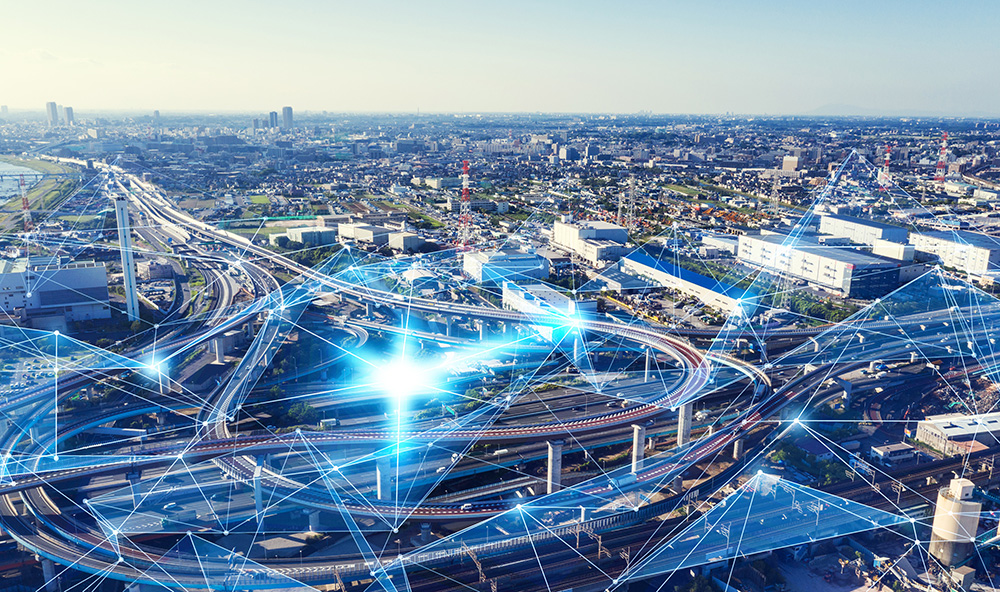



2. Aviation
While passenger numbers had declined previously due to the COVID-19 pandemic, the number of air travelers is on an upward trend against the backdrop of global economic growth.
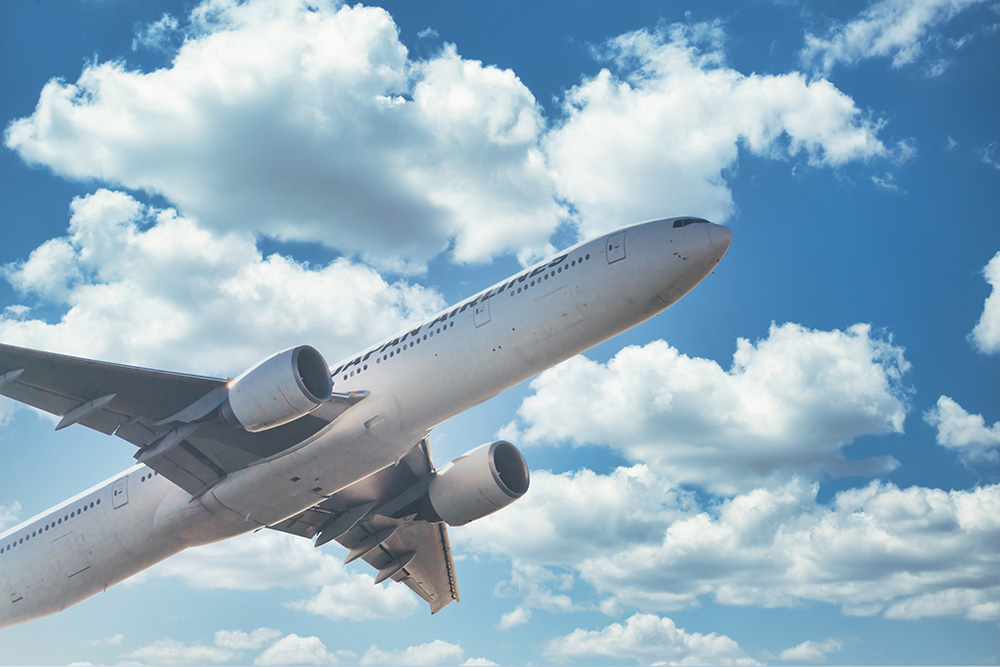
Industry challenges
The growing air travel demand has called for high-density flight operations at congested airports and in congested airspaces, improved access to airports, shorter processing times, and coping with the shortage of pilots and other human resources. In addition, the services in demand are becoming increasingly diverse, with airport and in-flight services catering to each passenger. Moreover, fuel-efficient and more lightweight aircraft are required for a carbon-free society, as well as to achieve advanced air traffic control.
Future vision and potential solutions
In response to the growing global demand and market expansion, a future vision comprising the following elements has been identified to address the need for higher efficiency and service development through technological innovations.
· Provision of safe, secure, convenient, and comfortable air travel
· Improvement of fuel efficiency and decarbonization
· Achievement of high-density flight operations through more advanced air traffic control
· Introduction of new airline services using drones and flying vehicles
Enabling feasible resolution of these challenges with Beyond 5G technologies
The following are some use cases that are likely to be achieved by leveraging Beyond 5G technologies.
(1) Safe and stress-free travel
(2) Comfortable in-flight services
(3) Support for ground operations
(4) Improved fuel efficiency and decarbonization
(5) Flight control assistance and flight operation management
(6) Achievement of high-density flight operations
(7) Drones and flying vehicles
(8) Supersonic aircraft
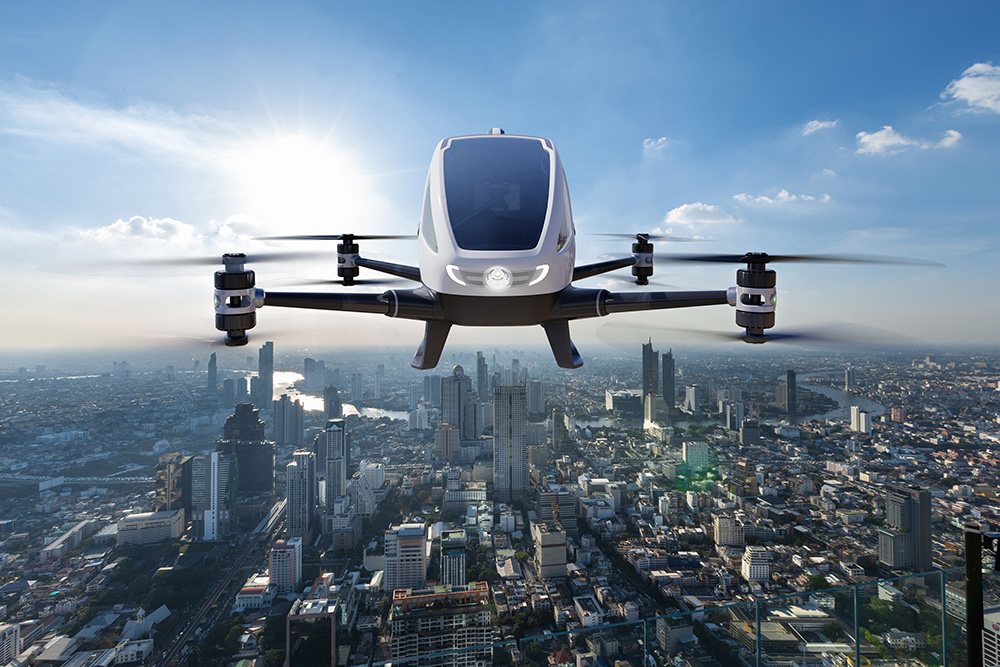


3. Railways
Declining population, changes in work styles of an internet society, and the commercialization of automated driving technology lead the way in causing rail transport to shrink, with the profits of railway businesses expected to decline.
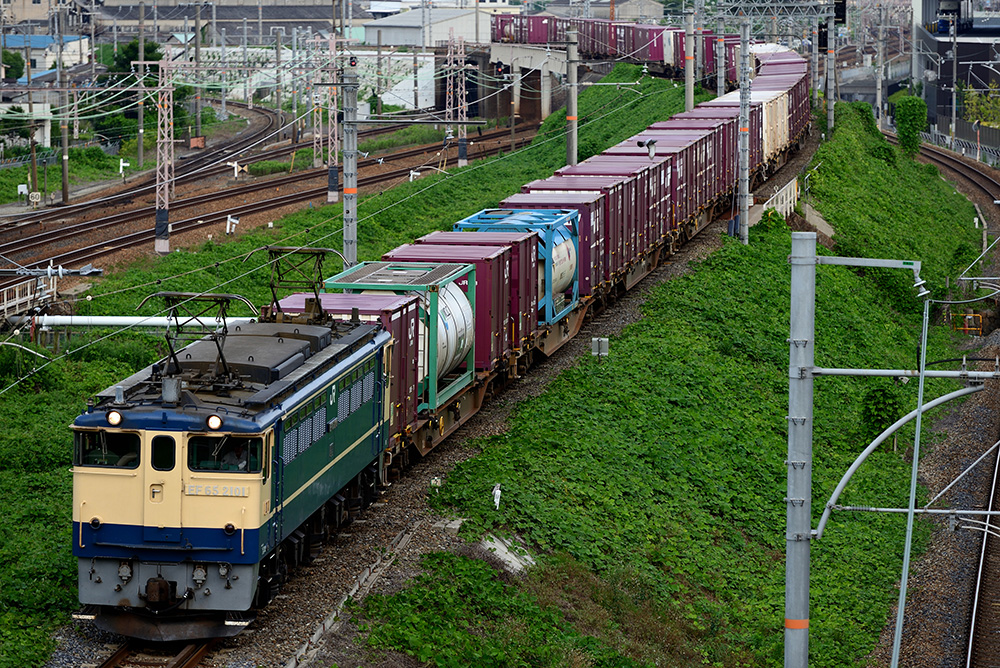
Industry challenges
The challenge is for the industry to evolve and grow while making qualitative changes to transport services, especially rail transport. It is also imperative to transition to environmentally friendly rail freight transportation and to strengthen current rail operations by leveraging digital technology. There is a need to create new value for society, starting with supporting the vibrant lives of people.
· Safe and secure rail transportation with zero accidents
· Driverless operation and prompt restoration of scheduled services in the event of disruptions
· Further enhancement of the attractiveness in transportation services and optimized, comfortable, seamless travel
· Cities where everyone can live comfortably in a manner tailored to each and every individual
Future vision and potential solutions
The rail industry is expected to offer safe and secure rail transport, automation, enhanced appeal of transportation services, and decentralized city planning by the year 2030.
Enabling feasible resolution of these challenges with Beyond 5G technologies
The following are some use cases that are likely to be achieved by leveraging Beyond 5G technologies.
(1) Driverless operation
(2) Automated maintenance
(3) Monitoring by robots
(4) Seamless integration with mobility as a service (MaaS)
(5) Spatially-free living
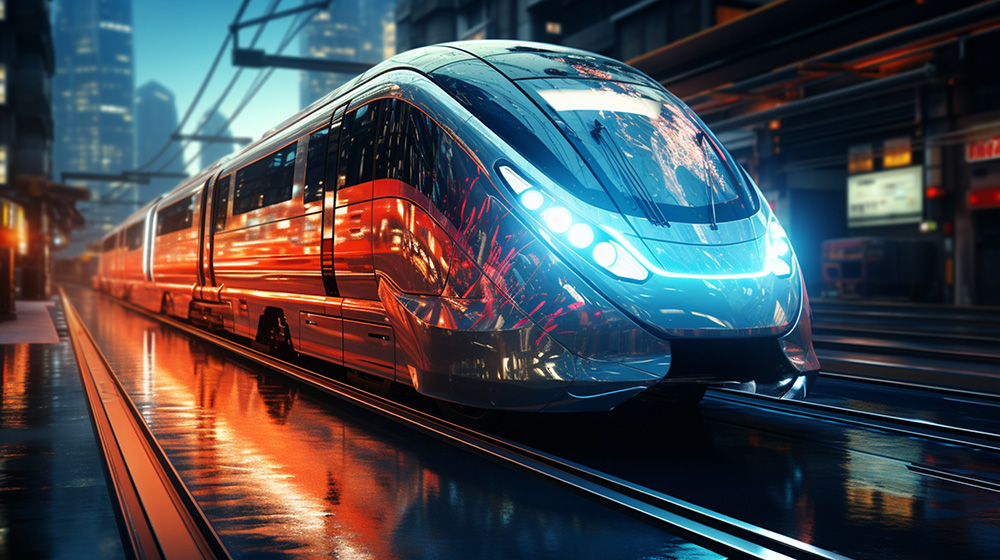


Source: Beyond 5G White Paper -Message to the 2030s-, Version 2.0 (Beyond 5G Promotion Consortium)

